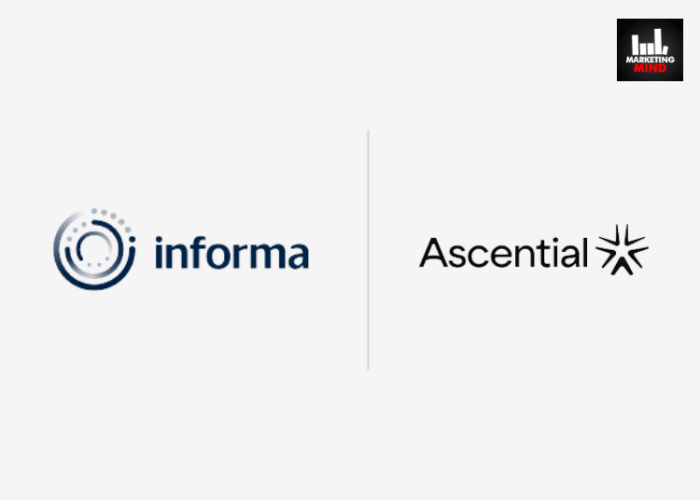Introduction to the 25% Savings Rule
The 25% Savings Rule is a smart way to handle your money. It is about setting aside 25% of your earnings for savings. This rule ensures you’re building a sturdy financial foundation.
You’ll need a sound savings strategy to make the 25% Savings Rule work for you. This strategy puts you on the road to financial success by helping you effectively distribute your savings. Let’s explore how this guide could improve your financial stability.
Remember that the 25% Savings Rule can only be a vital and helpful component of your financial strategy if you have a solid savings plan. They make a powerful pair that could unlock the door to a more stable and profitable financial future.
Explaining the 25% Savings Rule
The 25% Savings Rule is straightforward for managing your money wisely. This means if you earn ₹1,000, you save ₹250. It’s like paying yourself first.
This 25% is not for bills or regular expenses. It’s for your future security. The 25% you save will become your safety net for financial security. You can use it as an emergency fund or finance that vacation you’ve been planning. Most importantly, it gives you peace of mind; You don’t have to worry about finances when anything unforeseen occurs.
The 25% Rule has potential benefits for building wealth:
Regular Savings: Saving 25% of your income consistently helps you build wealth over time.
Financial Security: It creates a financial safety net for unexpected expenses.
Faster Goal Achievement: You can reach your financial goals quicker.
Reduced Stress: Savings reduce financial worries.
Wealth Growth: Over time, your savings can grow through investments.
Better Financial Habits: Following this rule encourages responsible spending.
Financial Independence: Eventually, your investments may cover your expenses, offering financial freedom.
Pros and Cons of the 25% Savings Rule
The 25% Savings Rule offers a structured approach to savings, helping you achieve your goals and build financial security. However, it might require adjustments and careful planning to work effectively for your situation.
The 25% Savings Rule has its advantages and disadvantages. They are as follows:
Pros:
Structured Savings: The rule provides a clear framework for saving a significant portion of your income regularly.
Goal Achievement: Saving 25% can help you achieve financial goals faster, like buying a home or starting a business.
Financial Security: With a substantial savings cushion, you’re better prepared for unexpected expenses or emergencies.
Wealth Building: Over time, your savings can grow through investments, potentially increasing your wealth.
Budgeting Discipline: Following the rules encourages responsible spending and budgeting habits.
Cons:
Budget Adjustments: Allocating 25% might require adjustments to your current spending habits.
Income Variability: If your income fluctuates, saving a fixed percentage might be challenging during lean months.
Limited Flexibility: The rule might not suit everyone’s financial circumstances or goals.
Investment Knowledge: Properly investing the savings requires some knowledge to ensure growth.
Possible Sacrifices: Achieving the 25% goal might mean sacrificing some immediate wants.
Leveraging a Savings Plan for the 25% Rule
A savings plan acts as your compass, making it easier to consistently save 25% of your income and work towards your financial aspirations. It is crucial to stick to the 25% Rule for consistent savings. Here’s how it enhances your savings:
Setting Clear Goals: A savings plan helps you define clear financial objectives, such as building an emergency fund or saving for a major purchase. These defined goals give you a reason to save regularly.
Budget Alignment: It assists in creating a budget that allocates 25% of your income to savings. This alignment ensures you meet your savings target every time you get paid.
Automated Saving: With a savings plan, you can set up automated transfers from your checking account to your savings account. This automates the savings process, making it convenient and consistent.
Progress Tracking: A savings plan allows you to monitor your progress toward your financial goals. This tracking keeps you motivated and accountable.
Adaptability: If your financial situation changes, the savings plan can be adjusted to accommodate variations while still adhering to the 25% goal.
Importance of Seeking a Professional Advice
It’s wise to seek expert advice regarding your 25% savings goal. When it comes to managing finances, they are experts. Considering your income and goals, they’ll create a savings strategy for you.
You’ll learn much about handling your money properly from them since they keep you on the right path to achieving your savings goals.
Conclusion
To wrap it up, the 25% Savings Rule, combined with a good savings plan, is like a roadmap to a better financial future. It makes saving easy, helps you reach your goals faster, and provides a financial safety net. So why not try it out? Your future self will be grateful for your money moves.













